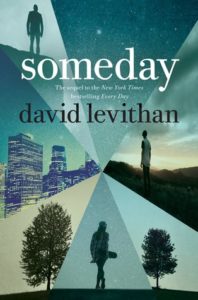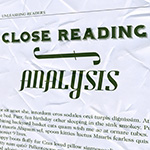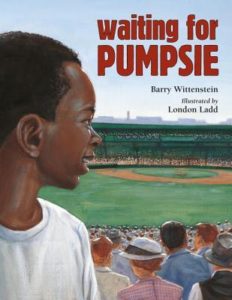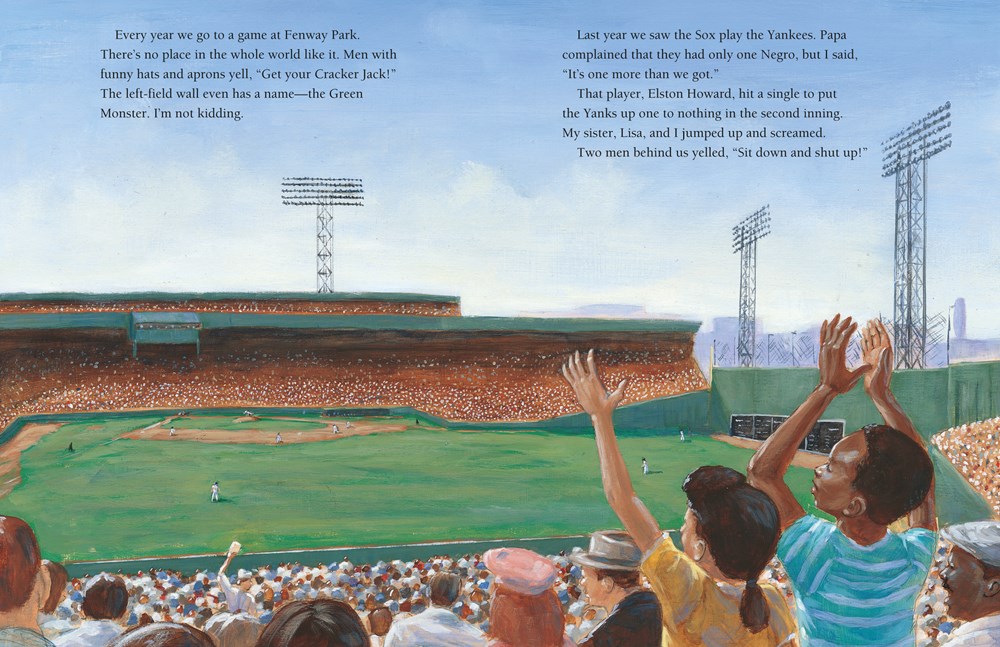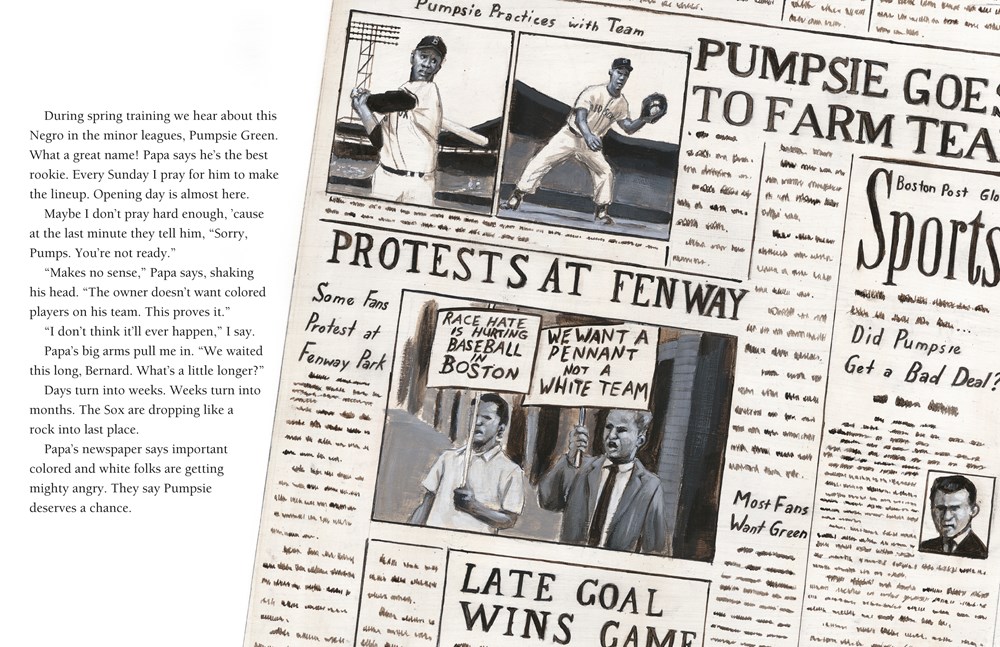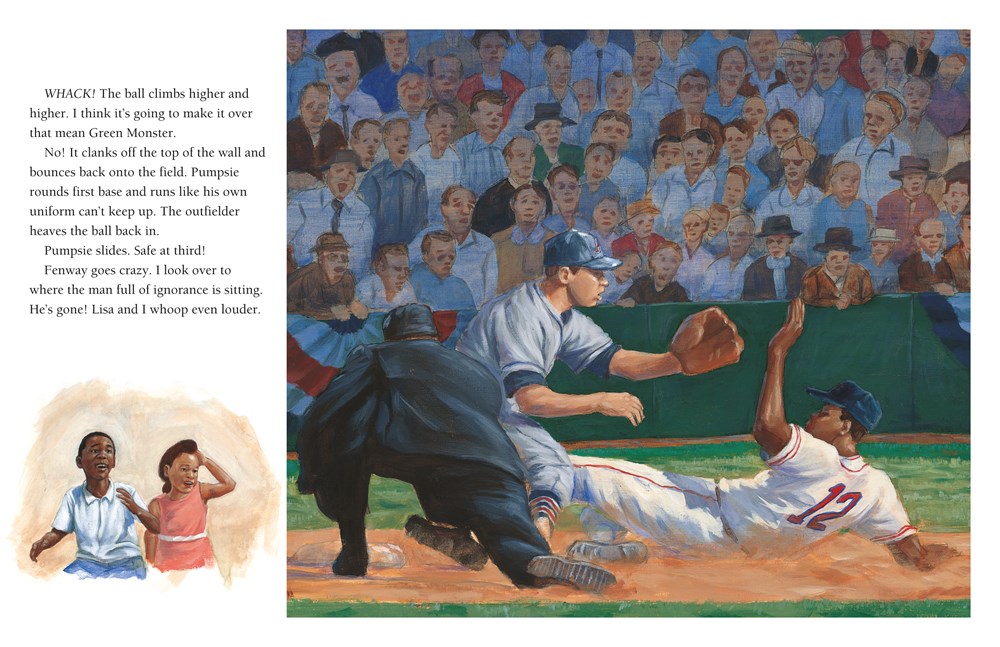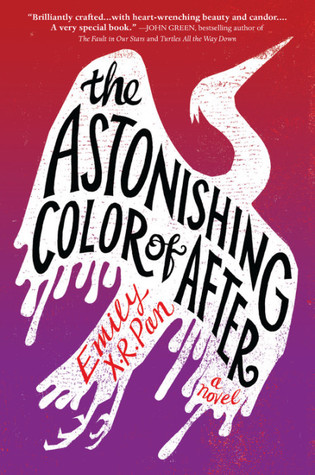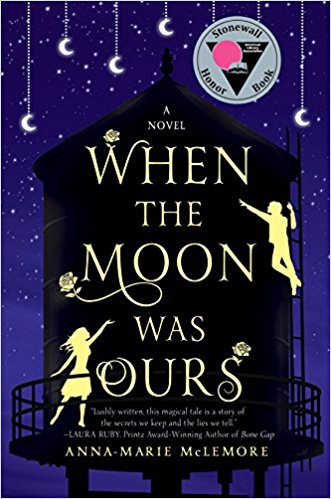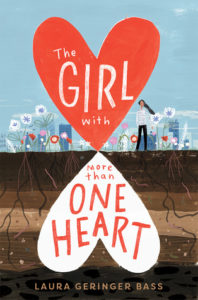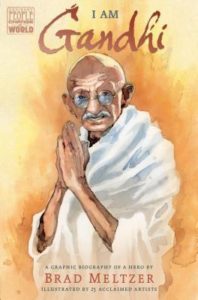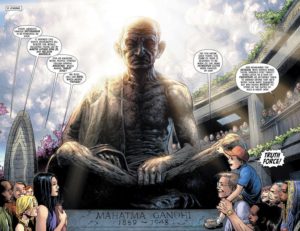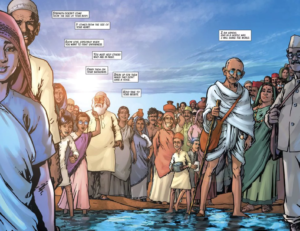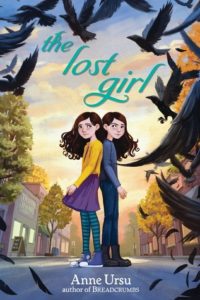
The Lost Girl
Author: Anne Ursu
Published February 12th, 2019 by Walden Pond Press
 Summary: When you’re an identical twin, your story always starts with someone else. For Iris, that means her story starts with Lark. Iris has always been the grounded, capable, and rational one; Lark has been inventive, dreamy, and brilliant—and from their first moments in the world together, they’ve never left each other’s side. Everyone around them realized early on what the two sisters already knew: they had better outcomes when they were together.
Summary: When you’re an identical twin, your story always starts with someone else. For Iris, that means her story starts with Lark. Iris has always been the grounded, capable, and rational one; Lark has been inventive, dreamy, and brilliant—and from their first moments in the world together, they’ve never left each other’s side. Everyone around them realized early on what the two sisters already knew: they had better outcomes when they were together.
When fifth grade arrives, however, it is decided that Iris and Lark should be split into different classrooms, and something breaks in them both. Iris is no longer so confident; Lark retreats into herself as she deals with challenges at school. And at the same time, something strange is happening in the city around them, things both great and small going missing without a trace. As Iris begins to understand that anything can be lost in the blink of an eye, she decides it’s up to her to find a way to keep her sister safe.

About the Author: Anne Ursu is the author of Breadcrumbs, named one of the best books of 2011 by Publishers Weekly and the Chicago Public Library, and The Real Boy, which was longlisted for the National Book Award. She is also a member of the faculty at Hamline University’s MFA in Writing for Children and Young Adults. Anne lives in Minneapolis with her family and an ever-growing number of cats. You can visit her online at www.anneursu.com.
Praise:
“The Lost Girl is a jewel of a book—hard, bright, sharp, and precious. It reminds us of the boundless and subversive power of sisterhood and the inherent magic of girls.”—Kelly Barnhill, Newbery-Medal winning author of The Girl Who Drank the Moon
“I raced through The Lost Girl, breathless. And when I was finished, I found myself full of hope. It’s a beautiful, riveting, important book.”—Laurel Snyder, award-winning author of Orphan Island
“When the world makes no sense, I read books by Anne Ursu. When the world makes all the wrong kinds of sense, I read books by Anne Ursu. If you crave a story with the wit, wisdom, and magic to unriddle the world, then you need to read The Lost Girl by Anne Ursu.”—William Alexander, award-winning author of A Festival of Ghosts
“A beautiful, timeless tale of love conquering darkness in the midst of mystery and the angst of change. A must-have for any middle grade collection.” School Library Journal (starred review)
“This suspenseful mystery offers a story of empowerment, showing how one girl with the help of others can triumph.” Publishers Weekly (starred review)
“National Book Award nominee Ursu laces her story with fairy-tale elements and real-life monsters, while taking great care to cast girls in an empowering light and as authors (and heroes) of their own stories.” Booklist (starred review)
Review: Anne Ursu has a way of telling what seems like an ordinary tale and adding twists and turns that the reader does not expect but once you are on the narrative ride she has created, you never want to get off! And although I am always skeptical of magical realism, she does it in a way that just makes her books seem like realistic fiction that just happens to be bit magical, so it is hard not to buy in. In The Lost Girl, the story also is fascinating in the way that the author plays with the narrator/point of view as well as how she shapes both girls equally as the story moves between their narratives and shows the strengths and weaknesses in both. It is impossible to tell who the lost girl is and who is the ones saving because both sisters feel like they play a part in saving the other. I’m still thinking about responsibilities, love, and protection long after the book ended. You are going to love Lark and Iris and will root for both of them until you turn that final page.
Teachers’ Tools for Navigation: There are readers who need this book. There are kids that don’t feel like they belong in this world or kids who feel like they don’t mesh with others their own age or kids dealing with a huge change in their life. These are the kid who will need this book. They need the lost girl to guide them.
Discussion Questions:
- Which of the twins is the lost girl?
- How did the crows play a part in the story?
- Without the magic in the story, how would everything have been different?
- What mistakes does Iris make in her decision making once the girls enter 5th grade?
- What lesson are the adults trying to teach the girls?
- How did the Club Awesome girls turn out differently than Iris assumed? What does this tell you about them? Iris?
- How are the sisters alike? Different?
Flagged Passages: “Once upon a time, there were two sisters, alike in every way, except for all the ways that they were different. Iris and Lark Maguire were identical twins, and people who only looked at the surface of things could not tell them apart. Same long busy black hair, same pale skin, same smattering of freckles around the cheeks, same bright hazel eyes and open face.
But Iris and Lark had no patience with people who only looked at the surface of things, when what lay beneath was the stuff that truly mattered.
Because the girls were identical, but not the same.
Iris was the one who always knew where she’d left her shoes. Iris was the one who could tell what the collective nouns were for different animals and that Minnesota was home to the world’s largest ball of twine. Iris always knew when her library books were due.
Lark always knew when their parents had been arguing. Lark could tell you what the consequences for stealing were in different fairy tales, and that the best bad guys had interesting back stories. Lark always knew which books she wanted to check out from the library next.
No they were not the same.” (p. 1-2)
Read This If You Love: The Real Boy by Anne Ursu, Watch Hollow by Greg Funaro, The Explorers by Adrienne Kress, Wishtree by Katherine Applegate, The Seventh Wish by Kate Messner
Recommended For:
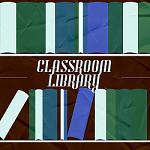
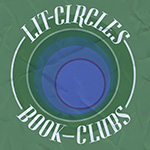
Giveaway!
a Rafflecopter giveaway
Don’t miss out on the other stops in the blog tour!
FRIDAY, FEBRUARY 1: Teach Mentor Texts
SATURDAY, FEBRUARY 2: About to Mock
SUNDAY, FEBRUARY 3: Novel Novice
MONDAY, FEBRUARY 4: Maria’s Melange
TUESDAY, FEBRUARY 5: A Foodie Bibliophile in Wanderlust
WEDNESDAY, FEBRUARY 6: Bluestocking Thinking
THURSDAY, FEBRUARY 7: Kirsticall.com
FRIDAY, FEBRUARY 8: Unleashing Readers
SATURDAY, FEBRUARY 9: Book Monsters
SUNDAY, FEBRUARY 10: Fat Girl Reading
MONDAY, FEBRUARY 11: Word Spelunker
TUESDAY, FEBRUARY 12: Nerdy Book Club

**Thank you to Walden Pond Press for providing a copy for review!**
